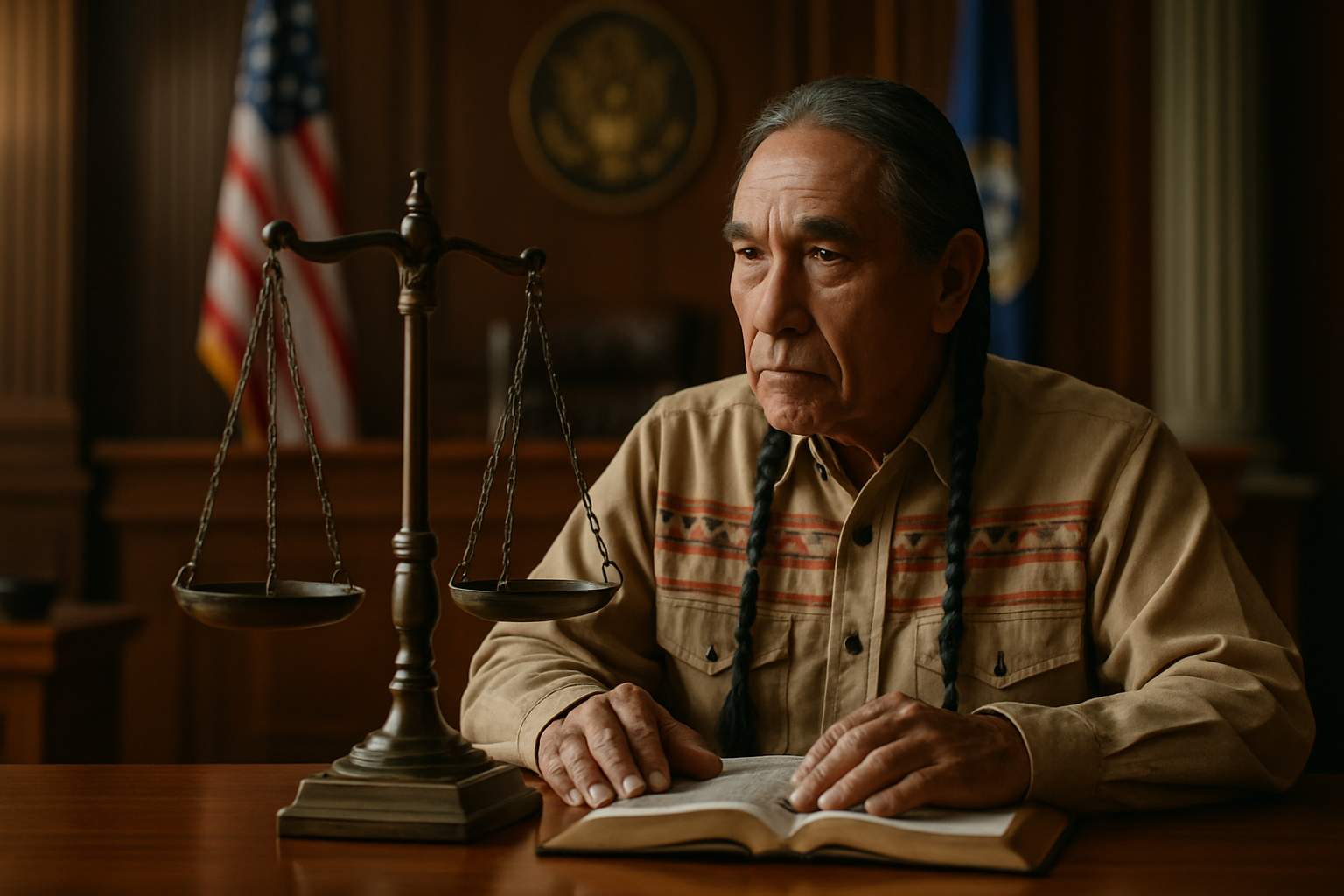The Intricacies of Tribal Sovereignty in the U.S. Legal System
Introduction: Dive into the complex world of tribal sovereignty, a unique aspect of American law that balances Native American autonomy with federal oversight. This article explores the historical foundations, current legal status, and ongoing challenges faced by tribal nations in exercising their sovereign rights within the United States legal framework.

The Legal Status of Tribal Nations Today
In the modern legal landscape, tribal nations occupy a unique position. They are neither foreign nations nor U.S. states, but rather exist as sovereign entities within the federal system. This status grants tribes certain powers, including the right to form their own governments, enforce laws within their territories, and regulate internal affairs. However, the extent of tribal sovereignty is limited by Congress’s plenary power over Indian affairs, a doctrine that allows federal legislation to override tribal authority in many cases.
Jurisdictional Complexities
One of the most challenging aspects of tribal sovereignty is the issue of jurisdiction. The interplay between tribal, state, and federal jurisdiction creates a complex legal tapestry that often leads to confusion and conflict. Criminal jurisdiction, in particular, is a contentious area. The Major Crimes Act of 1885 granted federal courts jurisdiction over serious crimes committed on tribal lands, while Public Law 280 later allowed some states to assume criminal jurisdiction in Indian Country. These overlapping jurisdictions can lead to gaps in law enforcement and complications in prosecuting crimes.
Economic Development and Sovereign Immunity
Tribal sovereignty plays a crucial role in economic development for Native American communities. The Indian Gaming Regulatory Act of 1988 allowed tribes to operate casinos on their lands, providing a significant source of revenue for many tribes. Additionally, the doctrine of tribal sovereign immunity, which protects tribes from lawsuits without their consent, has important implications for tribal businesses and economic partnerships. However, this immunity has also been a source of controversy, particularly in cases involving non-tribal members or off-reservation activities.
Contemporary Challenges to Tribal Sovereignty
Despite its long-standing recognition in U.S. law, tribal sovereignty faces ongoing challenges. Recent Supreme Court decisions have incrementally eroded certain aspects of tribal authority, particularly regarding jurisdiction over non-members on tribal lands. The 2022 case Oklahoma v. Castro-Huerta, for instance, expanded state jurisdiction over crimes committed by non-Indians against Indians on reservation land, a decision that many tribal advocates view as a significant infringement on tribal sovereignty.
The Future of Tribal Sovereignty
As Native American tribes continue to assert their sovereign rights and pursue economic development, the legal landscape of tribal sovereignty is likely to evolve. Efforts are underway to strengthen tribal jurisdiction, particularly in areas such as environmental regulation and the protection of cultural resources. The recent reauthorization of the Violence Against Women Act, which expanded tribal jurisdiction over certain domestic violence cases, represents a positive step in recognizing tribal authority. However, the balance between tribal sovereignty and federal oversight remains a delicate and often contentious issue in American law.
Conclusion
Tribal sovereignty in the U.S. legal system is a complex and dynamic area of law that reflects the unique historical relationship between Native American tribes and the federal government. While tribes retain significant powers of self-governance, the limits of their sovereignty continue to be defined and redefined through legislation and court decisions. Understanding the intricacies of tribal sovereignty is crucial not only for legal practitioners but for anyone seeking to comprehend the full complexity of the American legal landscape and the ongoing struggle for Native American rights and self-determination.




